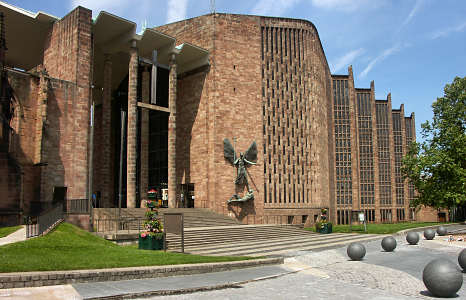27 Nov. The satan's rebellion and the ‘end times’
"And then a great wonder appeared in heaven: a woman was clothed with the sun, and the moon was under her feet, and a crown of twelve stars was on her head. She was pregnant and cried out with pain, because she was about to give birth."
"Then another wonder appeared in heaven: there was a giant red dragon with seven heads and seven crowns on each head. He also had ten horns. His tail swept a third of the stars out of the sky and threw them down to the earth."
"He stood in front of the woman who was ready to give birth so he could eat her baby as soon as it was born. Then the woman gave birth to a son who will rule all the nations with an iron rod."
"And her child was taken up to God and to his throne. The woman ran away into the desert to a place God prepared for her where she would be taken care of for 1,260 days."
"Then there was a war in heaven. Michael and his angels fought against the dragon, and the dragon and his angels fought back. But the dragon was not strong enough, and he and his angels lost their place in heaven."
"The giant dragon was thrown down out of heaven. (He is that old snake called the devil or Satan, who tricks the whole world.) The dragon with angels was thrown down to the earth."
(Revelation 12:1-9)

In John’s dramatic vision, the satan (Hebrew ‘the accuser’ i.e. the one who accuses people on the ‘Day of Judgement’ - see Job 1:1-12 & Zechariah 3:1) symbolised by a fire-breathing dragon, rebels against God and tries to kill the infant Jesus when he is born (see Matthew 2:16). The satan is attacked by an angel host led by the Archangel Michael and is flung out of heaven down to earth, where he attacks the followers of Jesus (see Revelation 12:13-18).
Chapters 13 to 15 of John's Revelation present a symbolic account of the 'end times' leading up to the 'Final Judgement'...
In Revelation 13:1-18, two more ‘beasts’ (probably signifying Roman emperors) rule on earth and terrorise the people of God.
In Revelation 14:1-5, John sees Jesus – the ‘Lamb of God’ – standing on Mount Zion, the City of David in Jerusalem (see 2 Samuel 5:7), with the symbolic twelve thousand believers from each of the twelve tribes of Israel (see Revelation 7:1-8).
In verses 6-13, John sees three more angels: The first encourages the Gentile nations of the earth to give glory to God. The second announces the overthrow of the pagan empires ('Babylon the Great' symbolises Rome and the pagan worship of the Roman Empire). The third warns against worshipping the ‘beast’ (i.e. the Roman emperor). Emperor worship was common in the Roman Empire, and the emperor Domitian was insisting on being called ‘Lord’ (i.e. God) while Christians insisted that ‘Jesus Christ is Lord’ (see Philipians 2:11 & Revelation 13:15).
In Revelation 14:14-20, Jesus – the ‘Son of Man’ – sends the angels out with sickles to bring in the ‘harvest’ of faithful souls before the ‘Judgement Day’, when all mankind will be judged according to their faith and their deeds.
Then in Revelation 15:1-16:21, John witnesses the spread of seven plagues before the final ‘Day of Judgement’ comes (compare the plagues in Exodus 7:14 – 11:10). The sixth angel brings a plague on the River Euphrates in Mesopotamia, and belligerent kings gather their armies at Armageddon – the hill of Megiddo, the great fortified city guarding the main route from Egypt to Mesopotamia (see 1 Kings 9:15 & 10:26).
The photo shows the Cathedral church of St Michael at Coventry, UK.
You can read more about Megiddo - the site of Armageddon @ https://www.thebiblejourney.org/the-bible-journey/20-johns-revelation-to-the-7-churches-of-asia-minor/the-satans-rebellion-against-god
